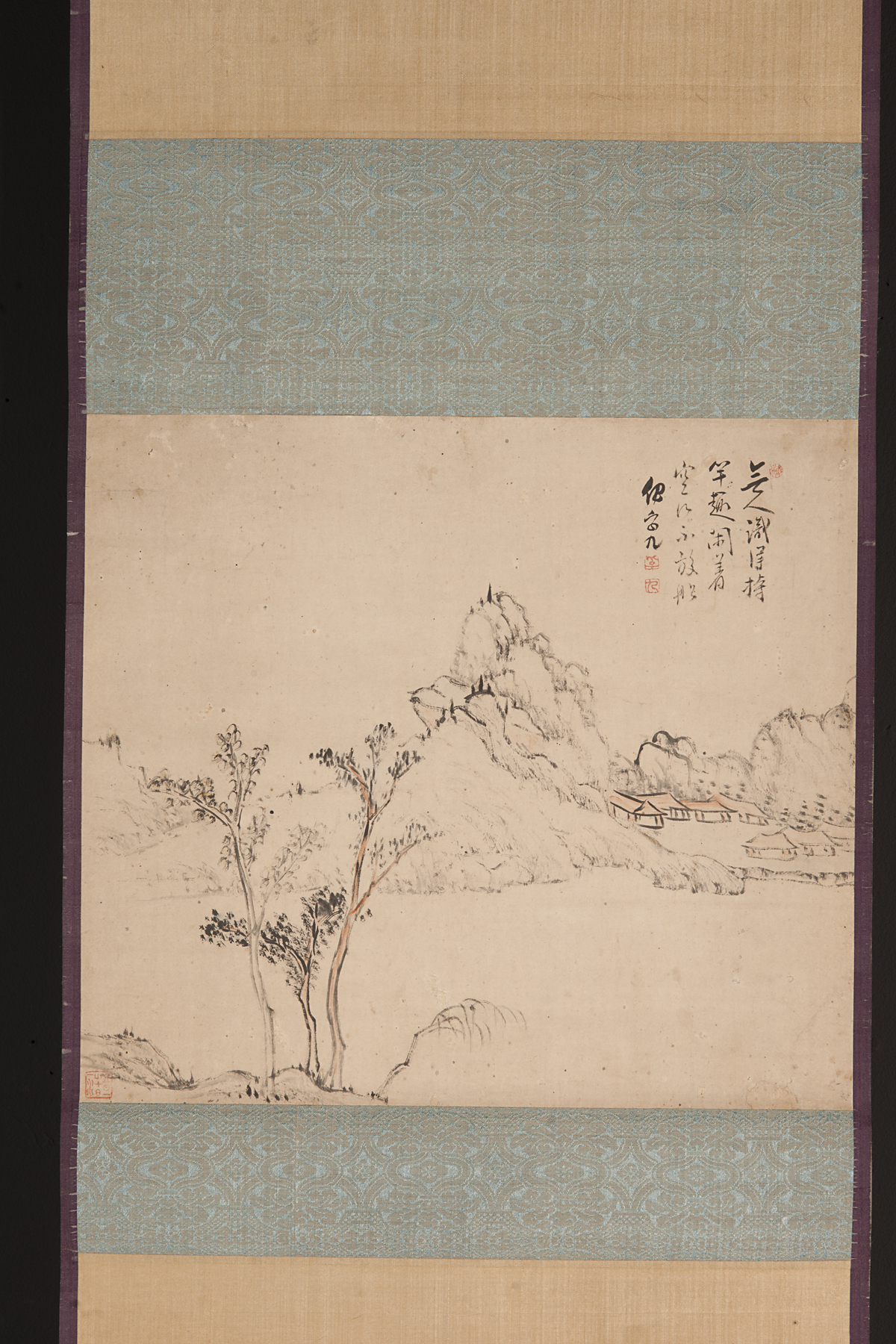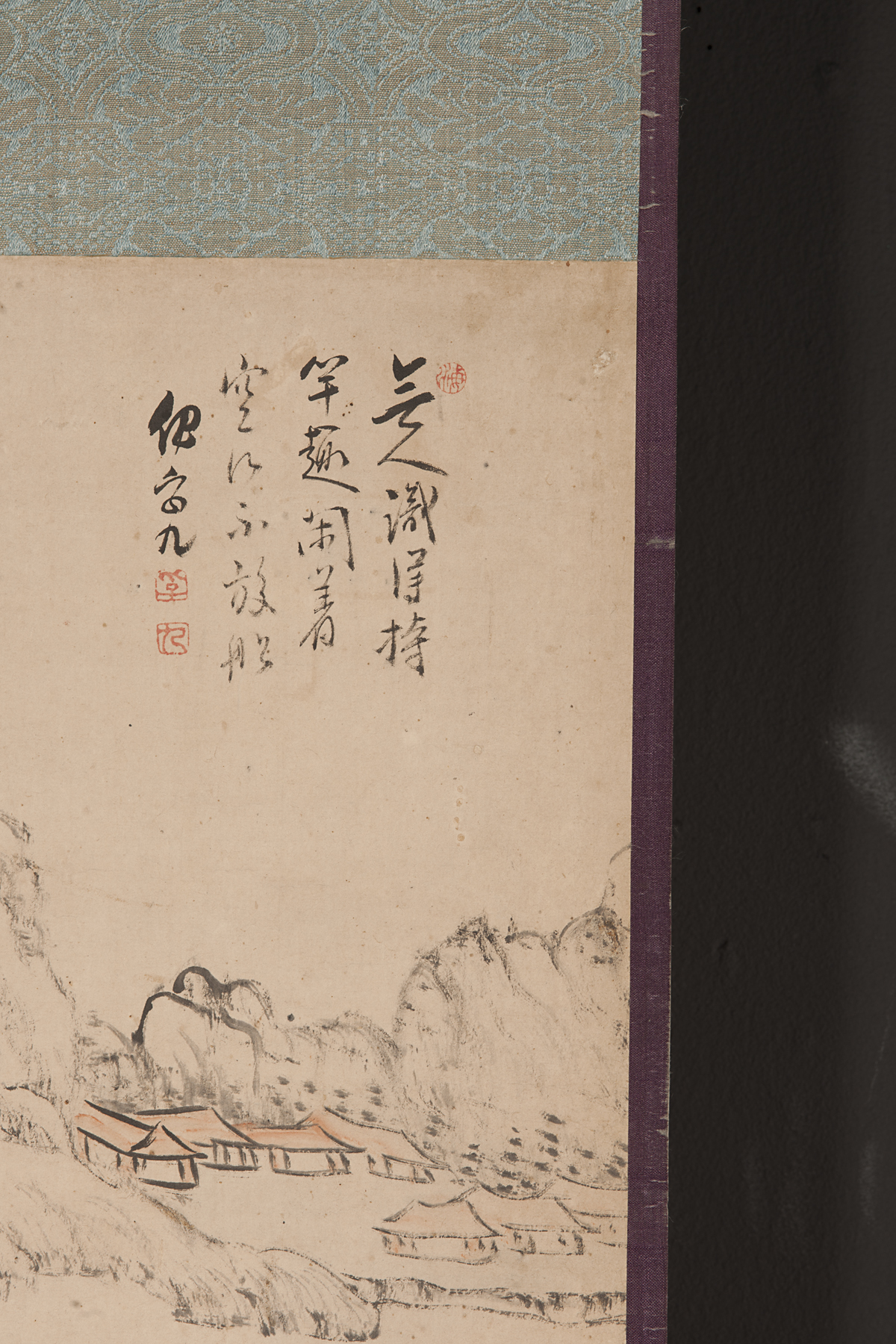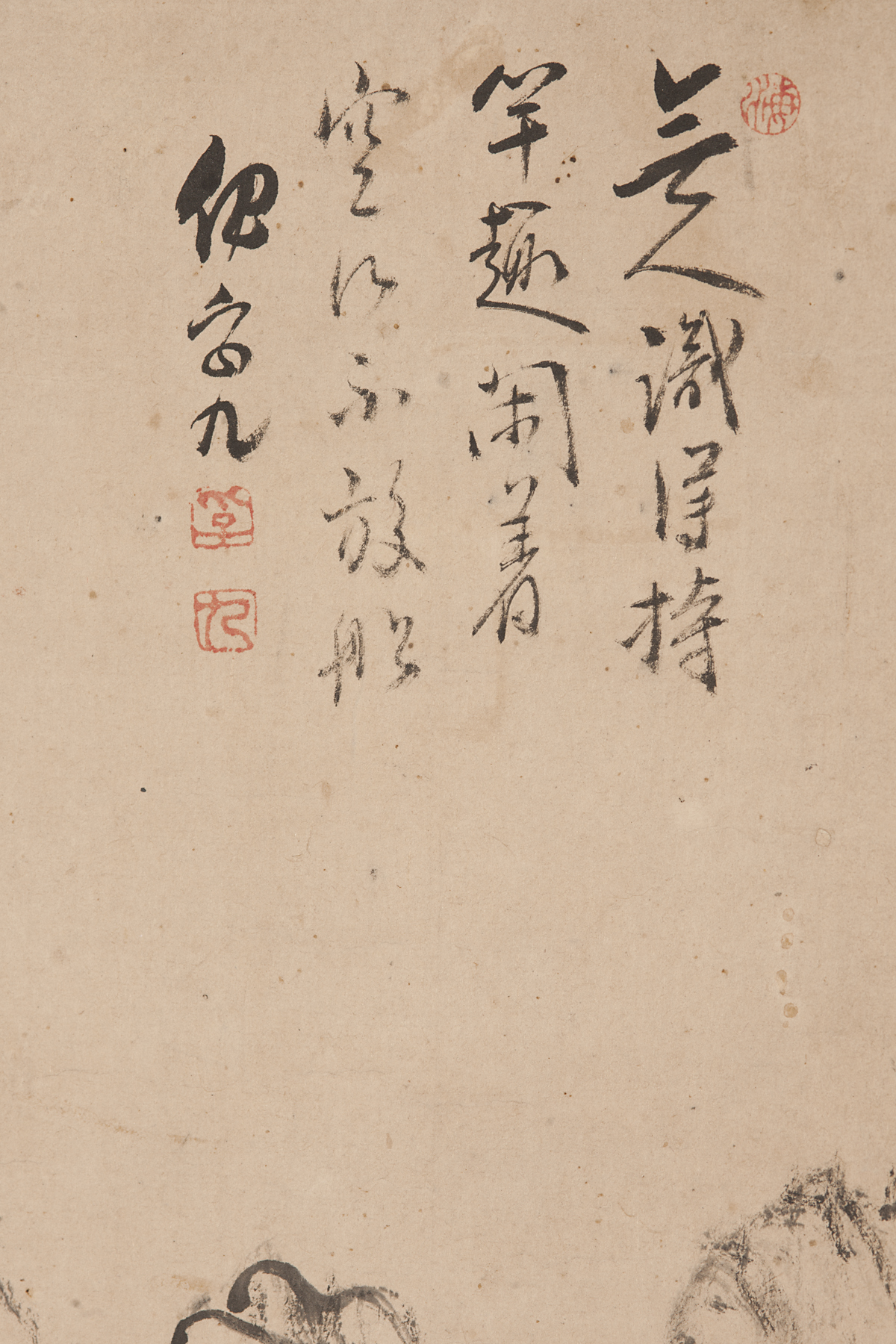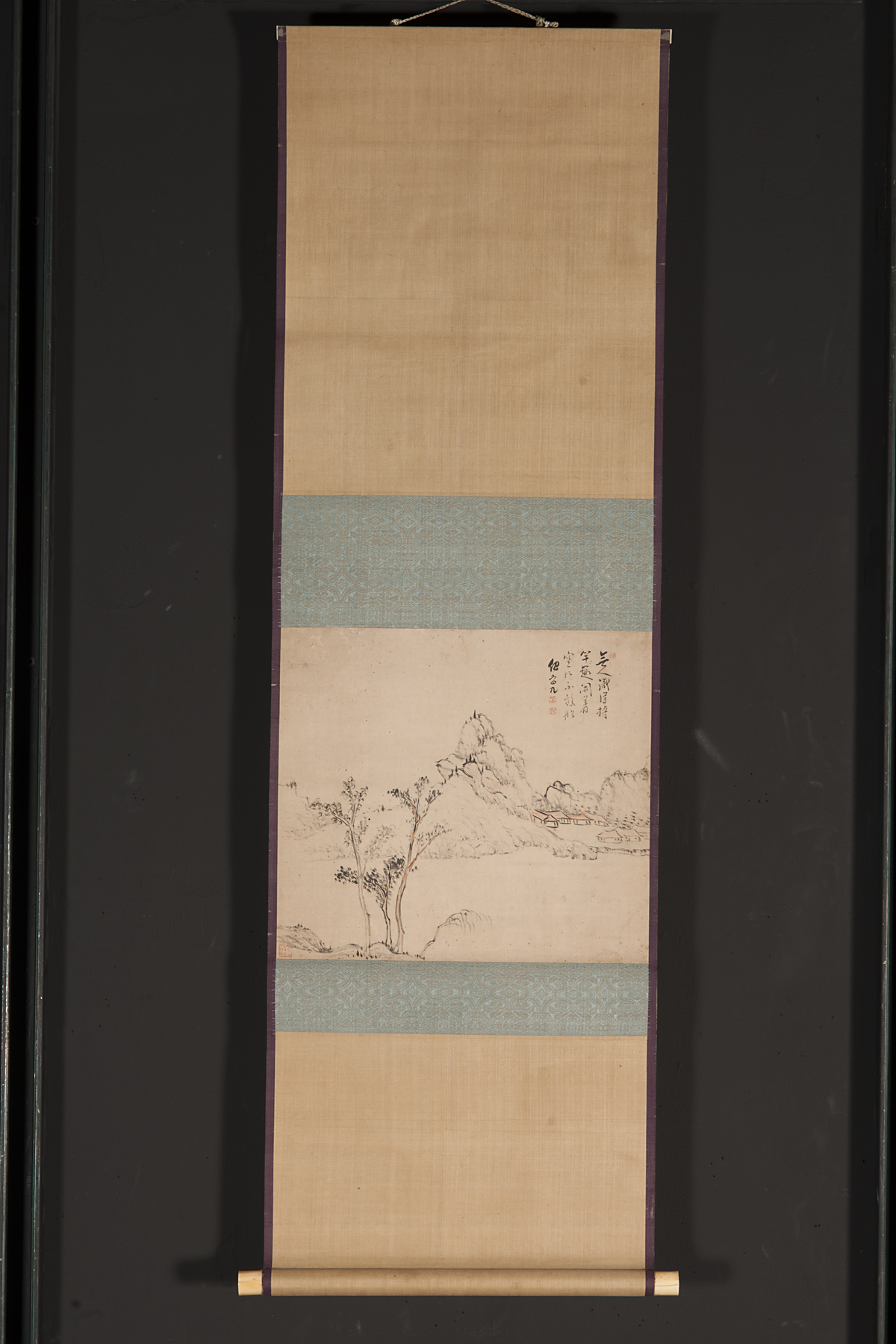Quiet Hamlet, Yi Fujiu
Artwork Overview
Yi Fujiu, artist
1698–after 1747
Quiet Hamlet,
early 1700s, Qing dynasty (1644–1911)
Where object was made: China
Material/technique: paper; ink; color
Dimensions:
Mount Dimensions (Height x Width x Depth): 115.5 x 35.9 cm
Image Dimensions Height/Width (Height x Width): 30.4 x 34.2 cm
Mount Dimensions (Height x Width x Depth): 45 1/2 x 14 1/8 in
Mount Dimensions (Height x Width x Depth): 115.5 x 35.9 cm
Image Dimensions Height/Width (Height x Width): 30.4 x 34.2 cm
Mount Dimensions (Height x Width x Depth): 45 1/2 x 14 1/8 in
Credit line: Gift of Mr. and Mrs. Mitchell Hutchinson
Accession number: 1989.0104
Not on display
If you wish to reproduce this image, please submit an image request





